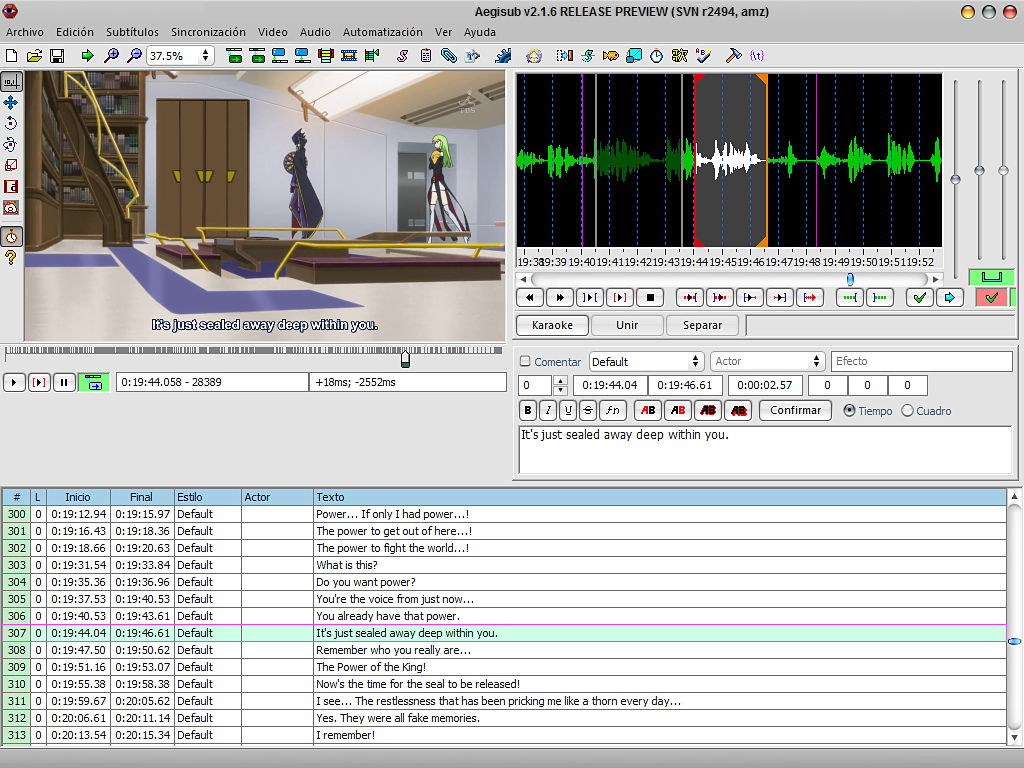The process of subtitling can vary depending on the specific project and the language being translated, but here are some general steps that are commonly involved:
Transcription
The first step is to transcribe the audio content of the video or audio file. This involves creating a written transcript of all the dialogue, narration, and other audible content, including any non-speech sounds that may be important for the viewer to understand.

Translation
Once the transcript is complete, the next step is translating it into the target language. The translation should be accurate and clear, and convey the same meaning as the original content.
Timecoding
The translated text must be timecoded to synchronize with the video or audio content. This involves determining the start and end times for each subtitle or caption so that they appear on the screen at the appropriate time.
Subtitle creation
Using specialized software, the timecoded translation is then formatted into subtitle files that can be played back on a video player. This involves adding formattings such as font, size, color, and placement of the subtitles, as well as adjusting the timing and duration of each subtitle to ensure that they are easy to read and appear at the right time.

Quality control
Once the subtitles are created, they must be checked for accuracy, readability, and synchronization with the video or audio content. This involves reviewing the subtitles for any errors or issues and making any necessary adjustments to ensure that the subtitles are clear and easy to understand.
Delivery
The final step is to deliver the subtitled content to the client in the desired format. This may involve providing the subtitle files separately or embedding the subtitles directly into the video or audio content.
Subtitling can be complex and time-consuming, especially for longer or more complex videos. However, with the right tools and expertise, it is possible to create high-quality subtitles that are accurate, clear, and effective in conveying the intended message to the target audience.



